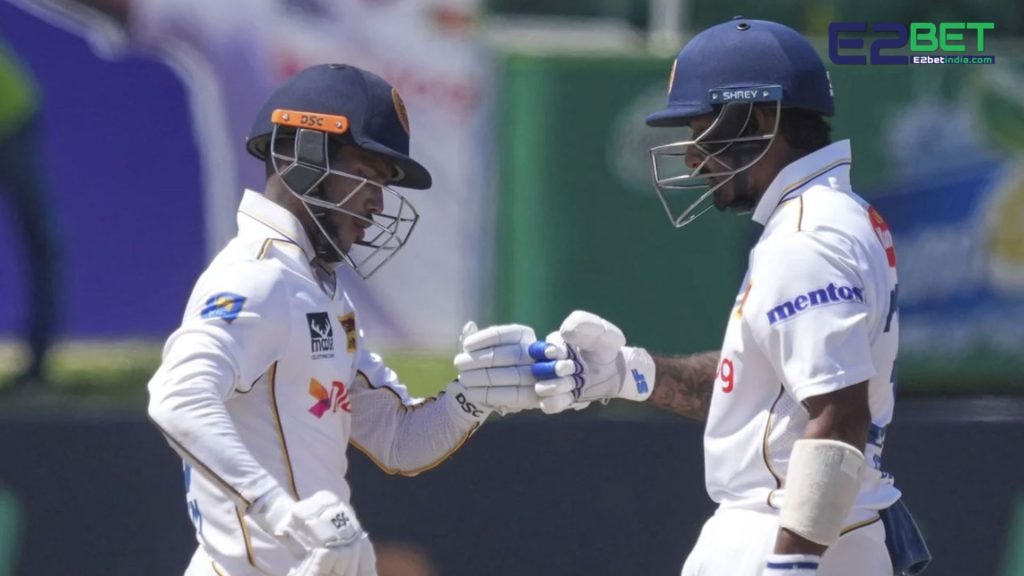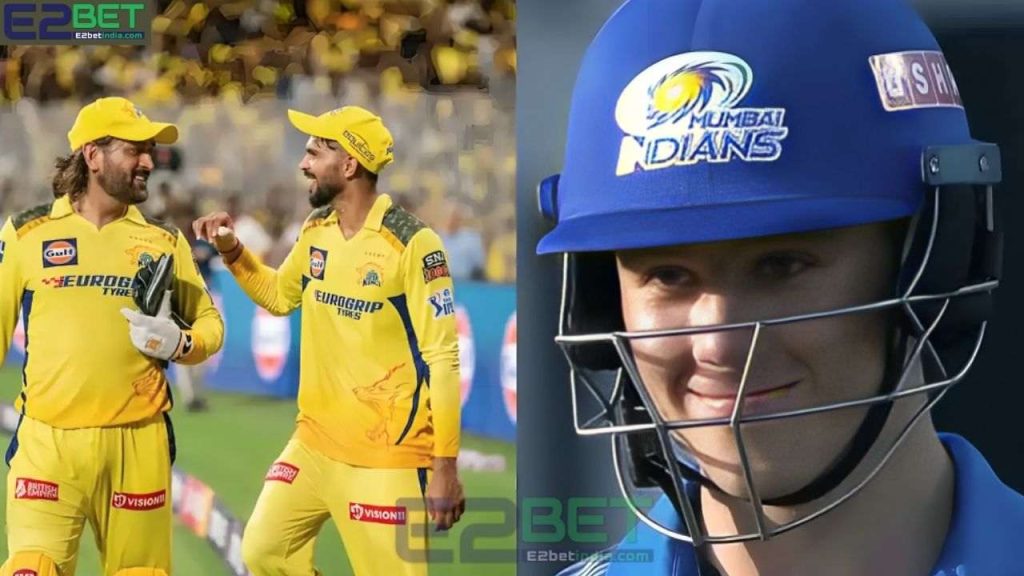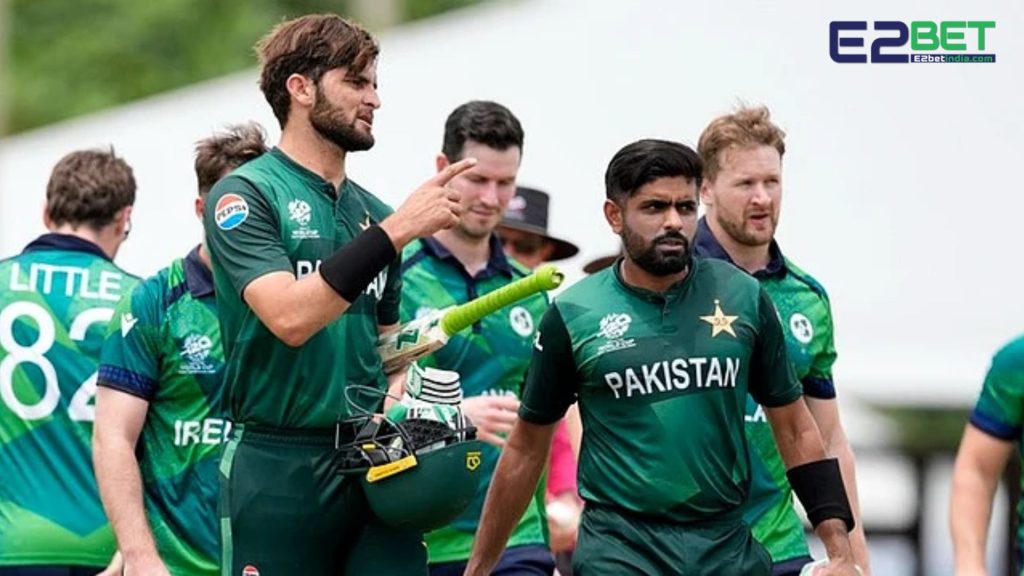Lahiru Udara’s debut. Dimuth Karunaratne’s retirement. That was all the headlines before the Galle Test began. However, after the batting innings progressed a little, an unexpected piece of information was revealed. Lahiru Udara and Pathum Nishanka came out to bat and created an incident that has not happened in Sri Lankan cricket for the past 29 years.
Both Udara and Nishanka are right-handed batsmen in terms of batting. The last time two right-handed batsmen opened for Sri Lankan cricket was 29 and a half years ago.
The last time Sri Lanka opened their innings with two right-handers against Australia at the famous Melbourne Cricket Stadium in 1995. Roshan Mahanama and Chandika Hathurusingha opened for the Sri Lankans in the Boxing Day Test. That was the last time two right-handed batsmen opened together for the island nation.
Then, after 260 Tests, the Lahiru-Nishanka pair was seen in the match against Bangladesh. That is 10,759 days in terms of time. However, this pair could not give Sri Lanka anything big today. The pair of the two came up with 47 runs. The debutant Lahiru was caught and bowled by Bangladesh’s Taijul Islam.
However, this did not cause much trouble on the Sri Lankan scoreboard. Pathum Nishanka is running with Dinesh Chandimal for the second wicket. Nishanka scored a century. He has completed 1000 runs in Tests. The partnership between the two is 130 runs so far.
As of this report, Sri Lanka’s total is 177 runs for the loss of 1 wicket. Nishanka has scored 100. Chandimal is batting on 45 runs.
FAQ
What is the significance of Sri Lanka opening with two right-handers?
It’s historic because it’s the first time in 29 years that Sri Lanka started a Test match with two right-handed opening batsmen, breaking a long-standing trend of having at least one left-hander.
Why is Galle considered a historic venue for Sri Lankan cricket?
Galle International Stadium is one of Sri Lanka’s most iconic cricket grounds, known for its scenic beauty and for hosting many memorable Test matches.
What prompted the team to go with two right-handed openers this time?
The decision may have been based on current form, pitch conditions, and strategic matchups against the opposing bowlers.
Is this change expected to be permanent for Sri Lanka?
It’s too early to tell. Future selections will likely depend on performance, opposition, and team strategy.
What impact could this have on the team’s batting strategy?
It may influence how the opposition plans their bowling, as left-right combinations often require more frequent field changes.













